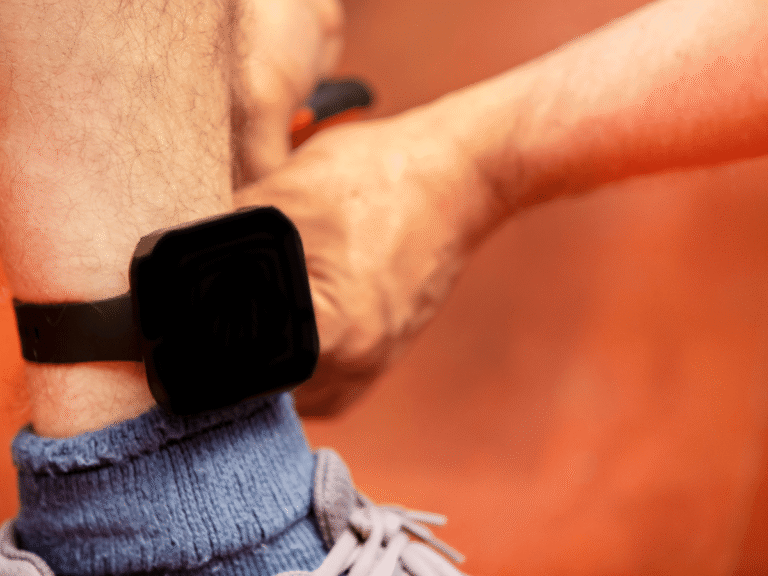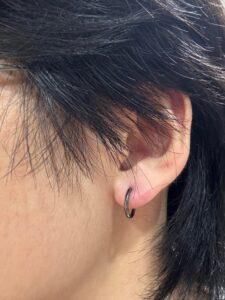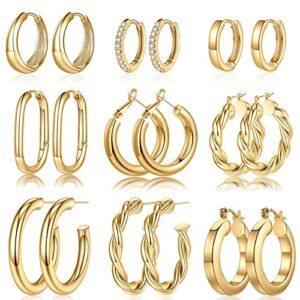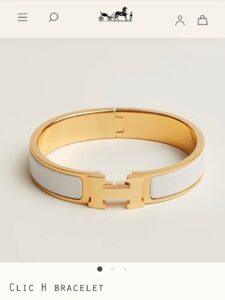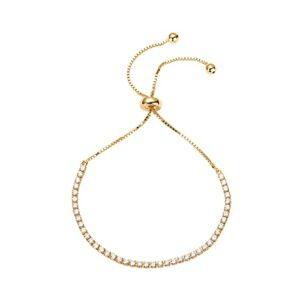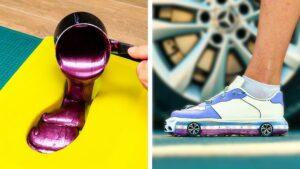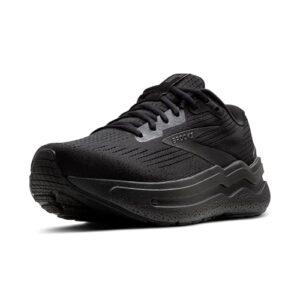Have you ever wondered how far back a SCRAM bracelet can detect alcohol on your body? If you’re wearing one or know someone who is, understanding its detection range can make a big difference.
This device isn’t like a breathalyzer that checks your current state—it looks deeper into your past. Knowing exactly how much time it covers can help you stay informed and avoid surprises. Keep reading to discover how this technology works and what it means for you.

Credit: www.pressdemocrat.com
Scram Bracelet Basics
Understanding the basics of a SCRAM bracelet helps explain how it tracks alcohol use. This device is often used for monitoring people under court orders or treatment programs. It provides continuous data on alcohol consumption.
The bracelet is worn on the ankle and collects information constantly. Its technology can detect alcohol presence even hours after drinking. Let’s explore what this device is and how it works.
What Is A Scram Bracelet
A SCRAM bracelet is a small electronic device worn on the ankle. It monitors alcohol use by measuring alcohol in sweat. Courts and rehab programs often use it to ensure compliance. The bracelet stays on 24/7 and is hard to remove without detection. This helps prevent tampering or cheating. It sends data wirelessly to a monitoring center.
How It Measures Alcohol Levels
The SCRAM bracelet measures alcohol through the skin. It senses alcohol vapor in sweat every 30 minutes. This method captures alcohol use over time, not just once. The bracelet records data continuously, showing patterns of drinking. It can detect alcohol up to 24 hours after consumption. This long detection time helps monitor abstinence effectively. The bracelet sends alerts if alcohol is detected.
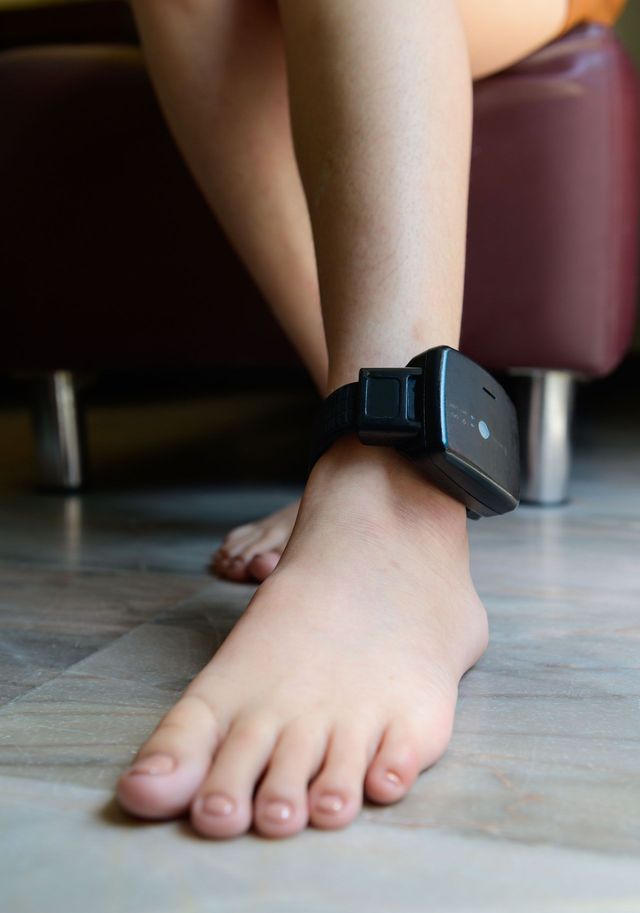
Credit: www.4ezbail.com
Detection Timeframe
The detection timeframe of a SCRAM bracelet plays a vital role in monitoring alcohol use. This device tracks alcohol through the skin by measuring sweat. Understanding how long it can detect alcohol helps users and authorities know its limits.
Alcohol Detection Window
SCRAM bracelets detect alcohol for about 24 to 48 hours after drinking. The device senses alcohol that leaves the bloodstream and appears in sweat. This detection window is longer than breath or blood tests. It provides ongoing monitoring rather than a one-time check.
Alcohol levels in sweat rise and fall after drinking. The bracelet captures these changes continuously. This allows it to catch even small amounts of alcohol over a day or two.
Factors Affecting Detection Duration
Several factors impact how long the SCRAM bracelet detects alcohol. Drinking amount and frequency are key. More alcohol means longer detection times. Drinking often also extends the detection window.
Body weight and metabolism also matter. People who process alcohol faster may have shorter detection times. Skin type and sweat rate affect readings too. More sweat can help the device detect alcohol longer.
Environmental conditions like heat and humidity play a role. They influence how much a person sweats. The fit of the bracelet on the wrist is important. A snug fit helps the sensor work properly.
Technology Behind Detection
The technology behind scram bracelets helps detect alcohol through skin contact. These devices monitor alcohol levels by sensing sweat emissions. This method offers continuous and non-invasive tracking. It gives accurate data over time without needing breath or blood samples.
Transdermal Alcohol Monitoring
Scram bracelets use transdermal alcohol monitoring to detect alcohol. They measure alcohol vapor that escapes through the skin. This vapor is a small part of the total alcohol consumed. Sensors inside the bracelet capture this vapor every 30 minutes. This continuous check helps track alcohol use over days.
Sensor Accuracy And Sensitivity
The sensors in scram bracelets are very sensitive to alcohol molecules. They can detect even low alcohol levels in sweat. The device filters out false signals from environment or sweat without alcohol. Accuracy depends on proper device placement and skin contact. This ensures reliable results for monitoring over time.
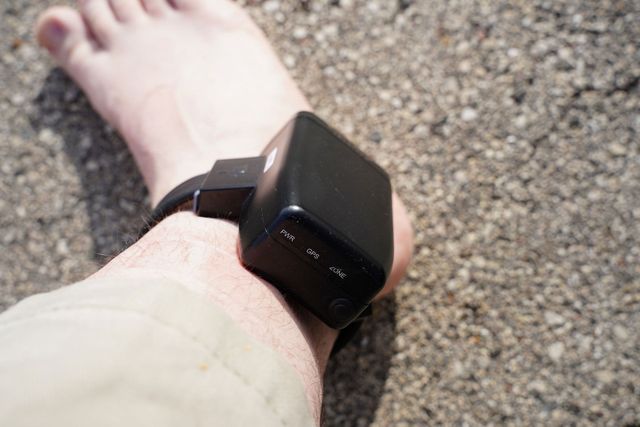
Credit: www.4ezbail.com
Limitations Of Scram Bracelets
Scram bracelets are useful tools for monitoring alcohol use. They detect alcohol through the skin over time. Despite their benefits, these devices have some limits. Understanding these limits helps set realistic expectations.
Possible False Positives
Scram bracelets may sometimes detect alcohol without drinking. Certain foods or drinks with alcohol content can cause false alarms. Some skin lotions or cleaning products might also affect readings. These false positives can lead to confusion or extra checks.
External Interferences
External factors can affect scram bracelet accuracy. Heavy sweating or water exposure may disrupt sensors. Extreme temperatures might cause irregular readings. Physical damage to the device can also reduce its effectiveness. These interferences can limit how far back alcohol use is detected.
Comparing Scram To Other Methods
Understanding how far back a scram bracelet can detect alcohol requires comparing it to other common methods. Each method has its own way of measuring alcohol presence. This helps to know which tool fits different needs. Scram bracelets offer continuous monitoring, unlike many other tests. This section explains the main differences between scram bracelets and other popular alcohol detection tools.
Breathalyzers Vs. Scram Bracelets
Breathalyzers measure alcohol in the breath at one moment. They show if alcohol is present right now. Breath tests are quick and easy but only detect recent drinking. A scram bracelet works differently. It measures alcohol in sweat all day and night. This allows it to detect alcohol use over several days. Scram bracelets provide a longer tracking window than breathalyzers. They do not require active participation like breath tests do. For ongoing monitoring, scram bracelets are more reliable.
Blood Tests Vs. Scram Bracelets
Blood tests measure alcohol level directly in the bloodstream. They give very accurate results but only for a short time after drinking. Blood alcohol disappears within hours. Blood tests need medical staff and are invasive. Scram bracelets are less invasive and monitor continuously through sweat. They detect alcohol use over a longer period, up to several days. Blood tests capture a single moment; scram bracelets track patterns. This makes scram bracelets better for long-term monitoring.
Practical Use Cases
SCRAM bracelets track alcohol use by measuring alcohol in sweat. They detect alcohol for up to 24 hours after drinking. These devices serve many practical purposes. They help courts and individuals keep track of alcohol use clearly and fairly.
Court-ordered Monitoring
Courts often require people to wear SCRAM bracelets after DUI convictions. The device records alcohol levels continuously. This data helps judges see if someone follows alcohol restrictions. It provides clear proof without guesswork. The bracelet’s detection helps protect public safety and supports legal decisions.
Personal Alcohol Management
Some people use SCRAM bracelets to control their drinking habits. The device gives real-time feedback on alcohol consumption. This helps users stay accountable and avoid relapse. It can support recovery and encourage healthier choices. The bracelet tracks alcohol up to a day after drinking. This helps users understand how their body processes alcohol.
Tips For Accurate Monitoring
Accurate monitoring with a SCRAM bracelet depends on several important factors. Proper care and common sense help keep results reliable. Small mistakes can cause false readings or damage the device. Understanding key tips ensures the bracelet works as intended. This section covers essential advice for best performance.
Proper Bracelet Maintenance
Keep the bracelet clean and dry. Dirt or moisture can affect sensor accuracy. Check the device daily for any damage or loose parts. Avoid scratching or hitting the bracelet hard. Follow the provider’s instructions for care and cleaning. Never tamper with the device or remove it without permission. Regular maintenance helps maintain accurate alcohol detection.
Avoiding Common Mistakes
Do not expose the bracelet to extreme temperatures. High heat or cold may affect sensor function. Avoid using lotions or sprays near the bracelet. These can interfere with the sensors and cause false alarms. Do not cover the bracelet with tight clothing or wraps. Proper skin contact is necessary for correct readings. Report any unusual alerts or errors to your monitoring agency right away.
Frequently Asked Questions
How Long Does A Scram Bracelet Detect Alcohol?
A scram bracelet detects alcohol through the skin for up to 24 hours. It continuously monitors alcohol consumption in real-time, providing reliable data for monitoring programs.
Can A Scram Bracelet Detect Past Alcohol Use?
No, a scram bracelet cannot detect alcohol use beyond 24 hours. It tracks recent alcohol consumption but does not record historical drinking habits.
How Accurate Are Scram Bracelets In Alcohol Detection?
Scram bracelets are highly accurate, with a detection rate above 95%. They measure transdermal alcohol concentration, making them reliable for legal and treatment monitoring.
What Types Of Alcohol Can Scram Bracelets Detect?
Scram bracelets detect ethanol, the active alcohol in drinks like beer, wine, and spirits. They do not detect other substances or non-alcoholic drinks.
Conclusion
A SCRAM bracelet can detect alcohol for up to several days. It tracks alcohol through the skin continuously. The exact time depends on your body and drinking amount. This device helps monitor alcohol use clearly and reliably. Understanding how it works can ease concerns about testing.
Staying informed about detection times supports better decisions. It’s a useful tool for those needing careful monitoring. Remember, the bracelet shows alcohol use, not how much you feel. This knowledge helps you stay in control and aware.

Madison Clark is a footwear expert and the voice behind MyStyleGrid.com. She specializes in honest shoe reviews, style tips, and practical guides to help readers find the perfect pair for any occasion. With years of experience in blogging and content creation, Madison makes footwear knowledge simple, stylish, and easy to follow.

